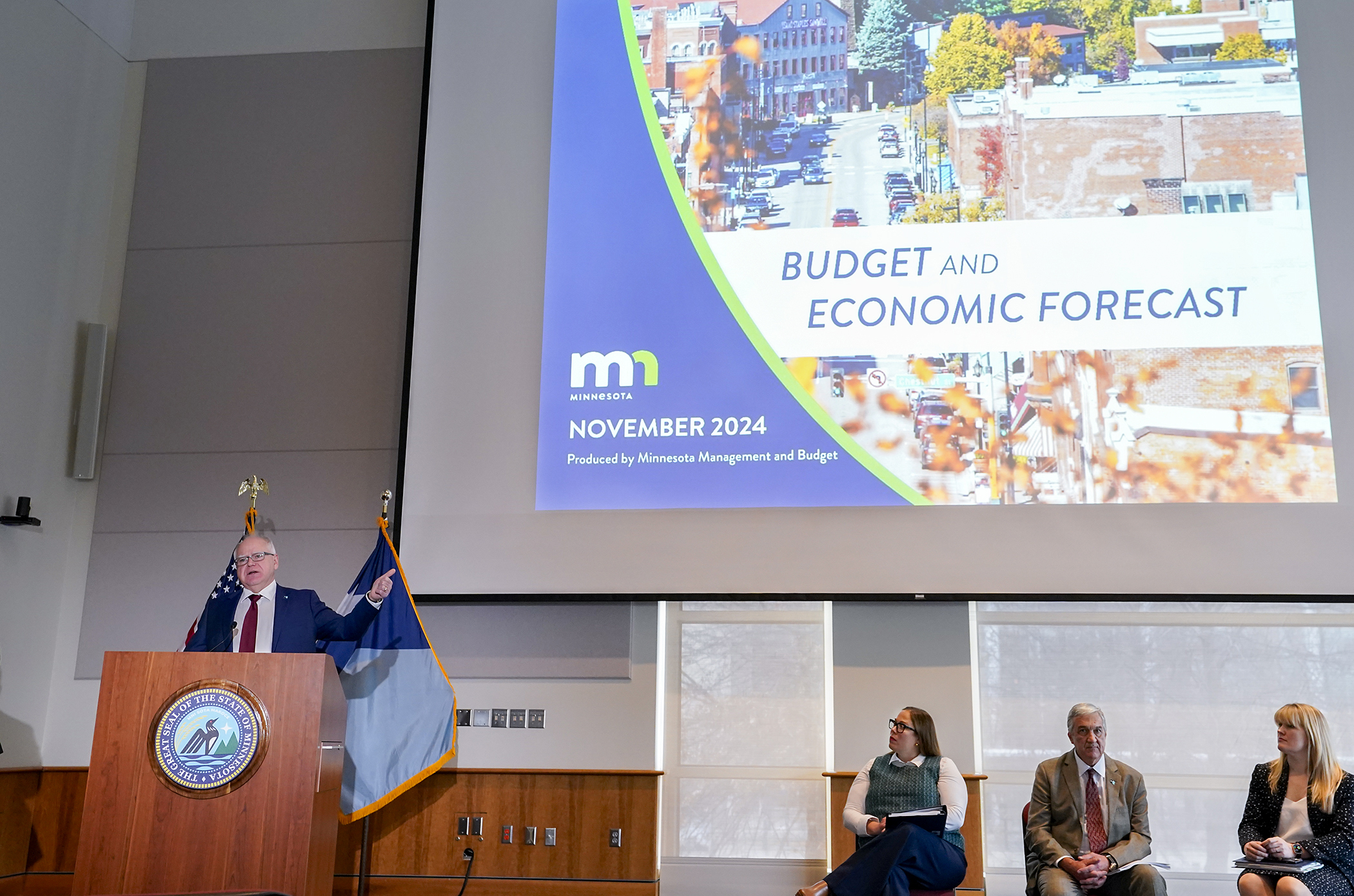American Rescue Plan means changes for Minnesota taxpayers
What can ARPA do for you? Signed into law in March, The American Rescue Plan Act of 2021, will affect several aspects of life for your average Minnesotan. One of them is taxes.
That’s why the House Taxes Committee asked for a briefing Wednesday on exactly what would change for Minnesotans because of federal tax policy changes articulated in the economic stimulus package. Here are a few key areas that will affect several state residents.
If you received unemployment benefits in 2020
The only provision in the act related to tax year 2020 – the one for which tax returns are due by May 17 – is an exclusion from gross income for $10,200 of unemployment insurance compensation for any individual. It only applies to taxpayers with federal adjusted gross income of less than $150,000. It applies to each earner for those married filing jointly.
It’s estimated by the Department of Employment and Economic Development that about 821,300 Minnesotans received unemployment insurance payments in 2020.
Almost all of the remaining affected provisions deal with tax year 2021, and a few extend beyond that to ensuing years.
The Earned Income Tax Credit or Dependent Care Credit
This is where a lot of the changes from ARPA occur, because Minnesota has a Working Family Credit and most residents need to be eligible for the federal Earned Income Tax Credit to qualify. That federal eligibility has expanded and the state will conform to those new rules. Similarly, the state’s Dependent Care Credit is set to equal the amount of the federal one, so more folks are going to be eligible for that, too.
To claim the Earned Income Tax Credit, you can now use your 2019 earned income amount in 2021. And, for tax year 2021 only, you can now claim it even if you don’t have children, if you’re 19 years old (and not a student), or 18 years old and a qualified homeless youth or former foster youth. And now you can claim it if you’re 65 of older, too.
Also for tax year 2021 only, maximum qualifying expenses for the federal Dependent Care Credit increase to $8,000 for those with one qualifying child and $16,000 for those with two or more. The new law also increases the credit percentage reduction threshold to $125,000 (up from $15,000), and increases the maximum credit percentage to 50%. And ARPA increases the maximum exclusion for dependent care benefits from $5,000 to $10,500.
For tax year 2021 and beyond, there are also changes for children who lack identification, some separated spouses, and increases the disqualified income threshold.
Health insurance, restaurant revitalization and student loans
Between April 1 and Sept. 30 of this year, employees are eligible for premium assistance equal to 100% of COBRA premiums. For covered employees, COBRA premiums would be paid in full by their employers. Employers would then receive a 100% refundable credit applied against the payroll taxes for the payments.
Employers would also have credits for paid sick and family leave extended through Sept. 30, the employee retention credit extended through Dec. 31, and restaurant revitalization grants would be excluded from gross income. The act also allocates $15 billion in fiscal year 2021 to be used for targeted economic injury disaster loan advances.
And if you have a discharged student loan, that can now be excluded from gross income.
So what’s the bottom line for the state budget?
The Revenue Department estimates that the individual income tax changes will lower General Fund revenue in fiscal year 2022 by $267.6 million and that the corporate franchise taxes would increase revenues by $21.7 million. That adds up to $245.9 million less for the General Fund.
Related Articles
Search Session Daily
Advanced Search OptionsPriority Dailies
Ways and Means Committee OKs House budget resolution
By Mike Cook Total net General Fund expenditures in the 2026-27 biennium will not exceed a hair less than $66.62 billion.
That is the budget resolution approved Tuesday by the House Ways...
Total net General Fund expenditures in the 2026-27 biennium will not exceed a hair less than $66.62 billion.
That is the budget resolution approved Tuesday by the House Ways...
Minnesota's budget outlook worsens in both near, long term
By Rob Hubbard It looks as if those calling for less state spending could get their wish, judging from Thursday’s release of the February 2025 Budget and Economic Forecast.
A state su...
It looks as if those calling for less state spending could get their wish, judging from Thursday’s release of the February 2025 Budget and Economic Forecast.
A state su...